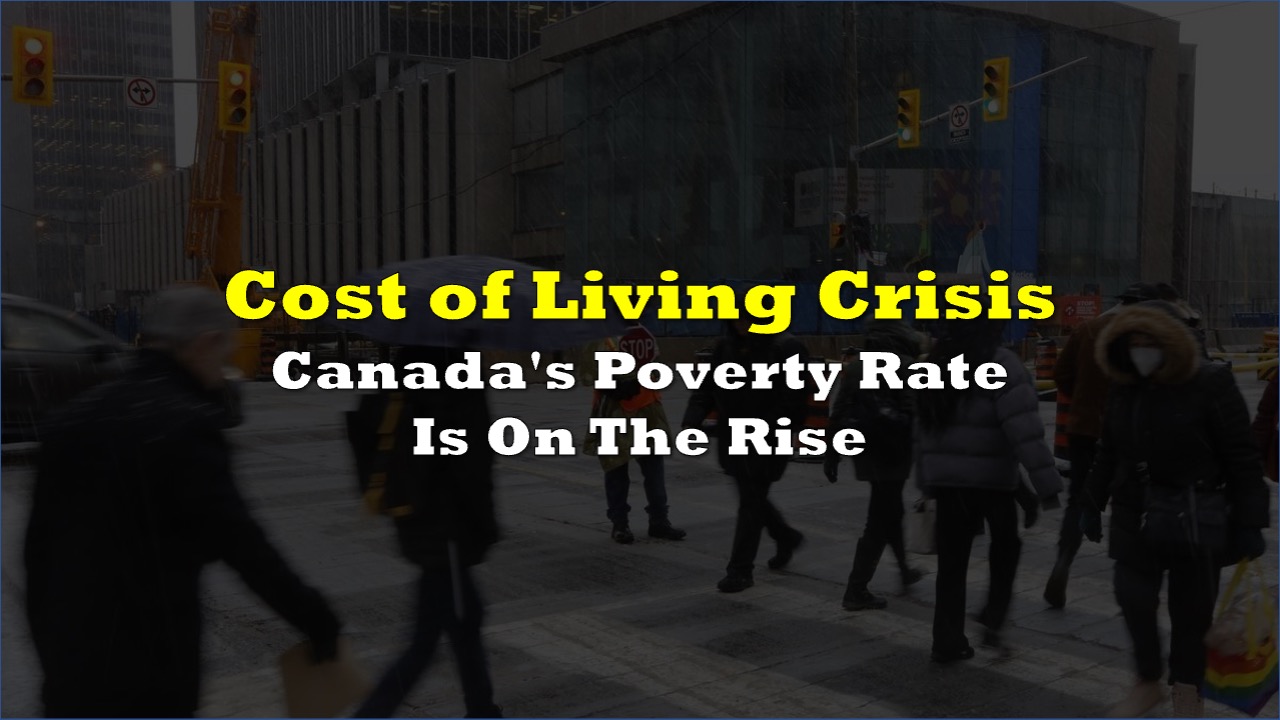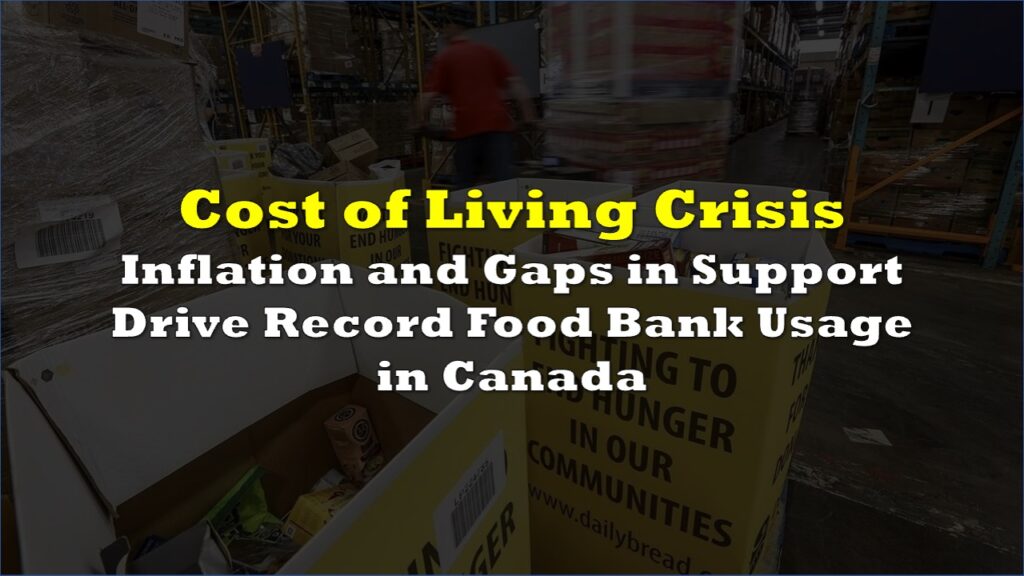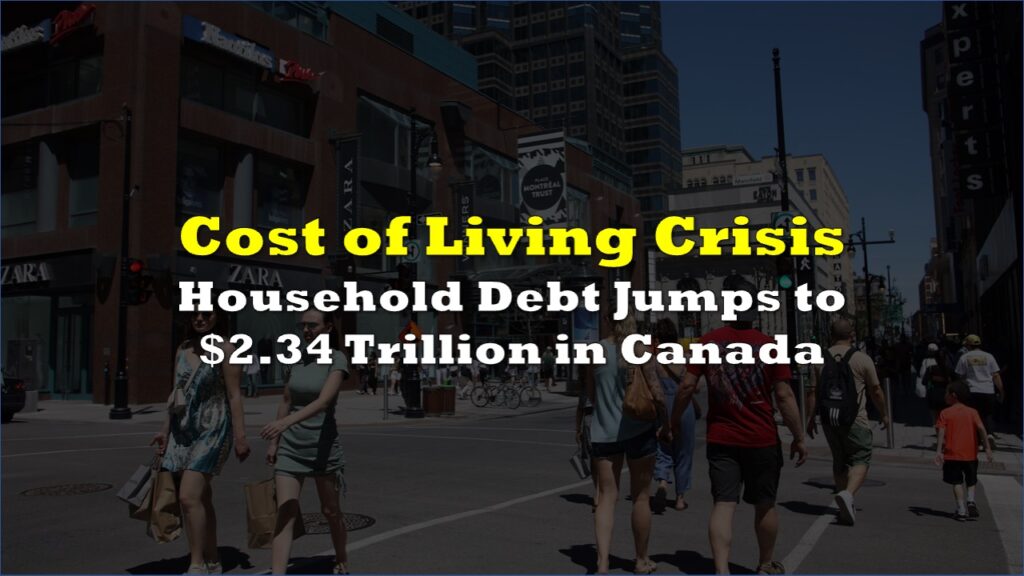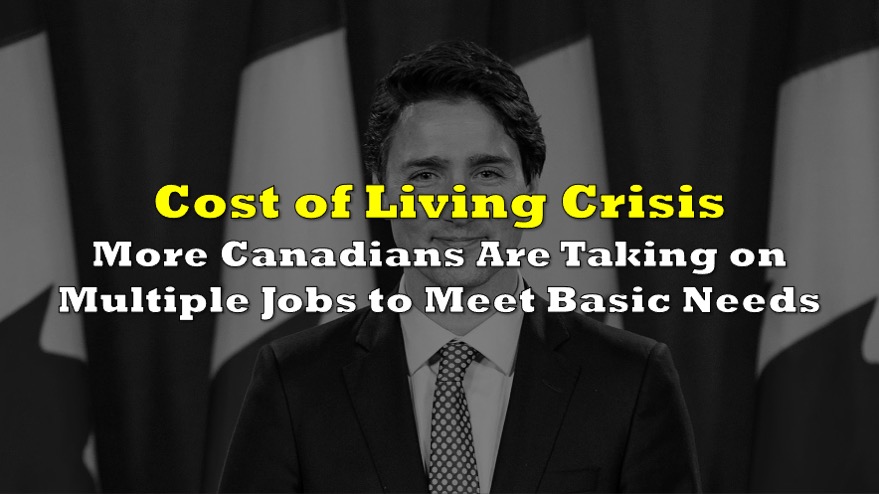Canada’s poverty rates have been on the rise, according to the latest figures from Statistics Canada.
As of January 2024, the Market Basket Measure (MBM) predicts that Canada’s overall poverty rate grew by 21.8% from 2021 to 2022, followed by an additional 13.3% increase from 2022 to 2023. These growth rates imply a predicted overall poverty rate of 9.0% in 2022 and 10.2% in 2023, compared to the official poverty rate of 7.4% in 2021.
🇨🇦’s poverty rate grew 4x the rate of its population last year, according to Stat Can’s latest estimate.
— Stephen Punwasi 🏚️📉🐈☃️ (@StephenPunwasi) June 10, 2024
Official numbers not in yet, but it’s clear even the highly optimized model to underreport poverty is breaking. pic.twitter.com/iL5OnKVCV5
The situation is particularly concerning for children, with more than one million Canadian children currently living in poverty. Despite Canada’s progress in reducing child poverty between 2012 and 2021, the number of children living in monetary poverty has sharply risen from 15.2% in 2020 to 17.8% in 2021. Single-parent families, families living in Indigenous communities, and families with racialized or disabled children are at higher risk of poverty, according to a UNICEF report.
Seniors, too, are struggling, despite having some of the lowest poverty rates in the country relative to Canada’s official poverty line. The problem lies in the choice of measure, as the Market Basket Measure (MBM) is not designed to measure seniors’ poverty accurately, as emphasized by a Policy Options report from December last year. Without the right measure, governments cannot determine how many seniors need support and cannot find the necessary policy solutions.
Rising inflation and interest rates are driving the cost of living crisis and the increase in poverty rates across all age groups. The discontinuation of the Canada Emergency Response Benefit (CERB) program has further increased hardship among Canadian families.
To add to the already depressing figures, H&R Block Canada surveyed 1,505 Canadians in February and reported that 60% of Canadians are living paycheck to paycheck, and only 37% say that they’re able to live within their income level. 64% say that despite earning a decent income, they worry about being able to afford their bills while 24% are struggling to make ends meet.
Information for this story was found via the sources and companies mentioned. The author has no securities or affiliations related to the organizations discussed. Not a recommendation to buy or sell. Always do additional research and consult a professional before purchasing a security. The author holds no licenses.











